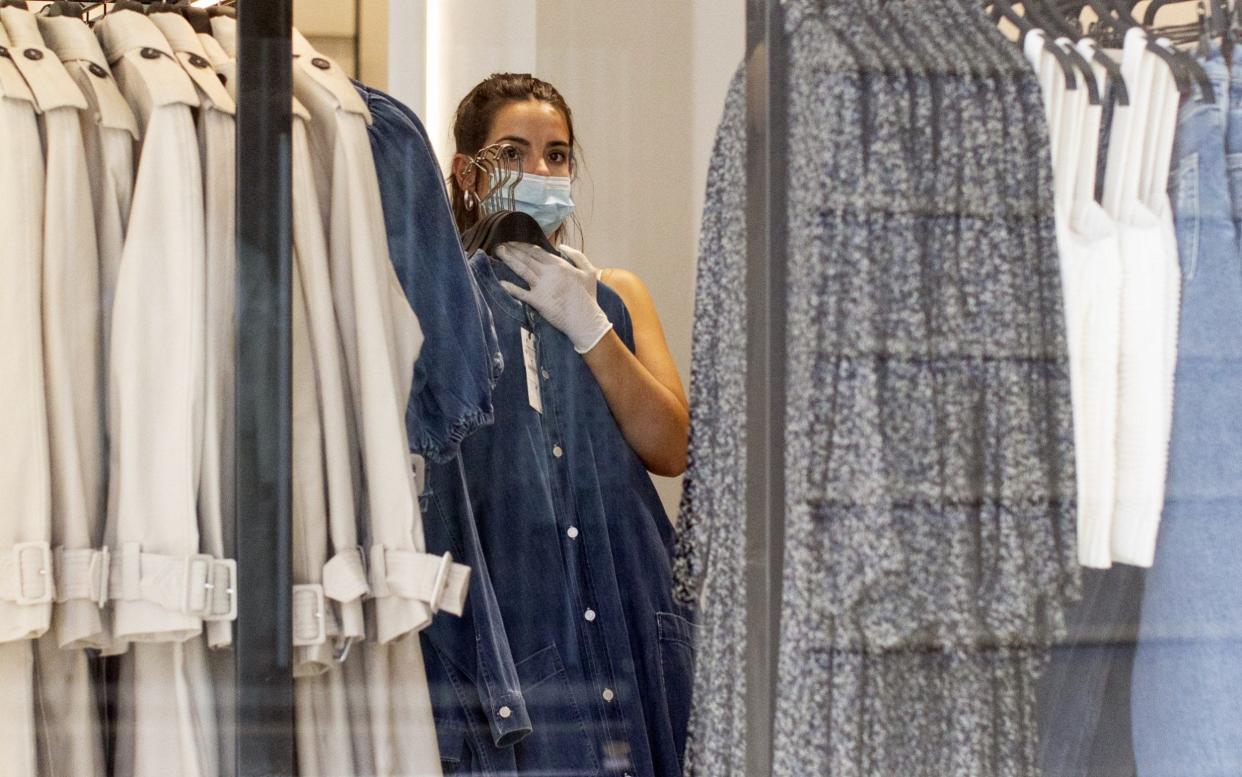No evidence quarantining clothes can stop the spread of coronavirus, scientist says


The science behind quarantining clothes to prevent the spread of the new coronavirus does not exist, a scientist has said.
Instead, regular and thorough hand-washing will need to become a habitual part of shopping on the high street to prevent transmission, Bill Keevil, professor of environmental healthcare at the University of Southampton, said.
Installing copper alloy surfaces on touch points, such as trolleys and door handles, could also reduce infection rates as copper has been found to kill similar viruses in minutes, he said.
Previous research into superbug bacteria and viruses, such as flu, norovirus and coronavirus, found they can survive on hard surfaces for days, but it is unknown if they remain on fabrics.
"If people have washed their hands properly, you might argue that there shouldn't be a transmission risk onto the fabrics.
"But people are now suggesting if you try on a garment and you don't want it, that garment should be put into quarantine for several days before it's then being put back onto the shelves,” Prof Keevil told the BBC Radio 4 Today programme.
His comments come as non-essential stores are set to reopen form June 15, and questions have been raised whether clothes should be quarantined after they’ve been tried on, or touched by customers.
Fashion retailer Next has announced they will be quarantining online and in-store returns for 72 hours, and fitting rooms will remain closed.
While bookseller Waterstones has said it will put books into a precautionary 72 hour quarantine after they are handled by customers who do not subsequently make a purchase.
But Prof Keevil added no one has looked at the effects of the new coronavirus on fabrics or paper.
One study in the US showed it survived less than a day on cardboard, Prof Keevil told The Telegraph, but people are making “a big jump” in relating that to fabric as another absorbent material.
While studies have shown viruses on copper alloy surfaces were killed “in minutes” and reduced infection rates in hospitals, he said.
“When something lands down on a copper surface they liberate copper ions, and then the copper ions attack the cell wall and, very importantly, destroy the genetic material so that they can't mutate.”


